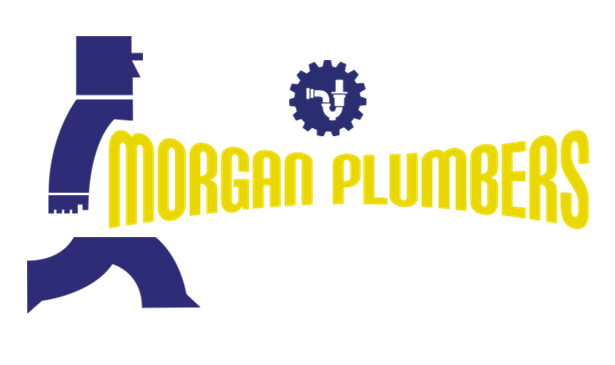Heating Pumps and Valves
Capillary Action for Joints
April 28, 2014Hot Water Cylinders
May 2, 2014There are two types of circulating pumps that could be fitted to a system: A single speed (fixed-head), and variable speed. While a variable speed unit is slightly more expensive, it is considerably more flexible than a single speed pump and well worth the extra cost. To adjust the speed of a central heating pump, there is usually a small rotary switch. Some pumps require you to remove a cover or use a very small screwdriver or allen key. A Westcombe Park Plumber can adjust pump speeds. Sometimes a heating pump might sound like it’s running, but one radiator or more stays cold, there may be an airlock in the pump. Find the pump and identify the bleed screw. Place a bowl under the pump and open the bleed screw to allow the air out. As soon as the water appears at the screw, tighten it up and test the system. It could be that the small feed tank in the loft is running dry and letting air into the system. Now and again the rotor in a pump can stick, and although you can feel a little vibration in the pump, the actual mechanism will not be turning. Some pumps have a cover screw that can be removed to access the spindle of the pump. Turn the spindle with a screwdriver until it is moving freely and test the system. Westcombe Park Plumbers replace pumps.Control valves: Are electrically driven. They sit after the pump and control water flow to the radiators and the hot water cylinder. They can be replaced, however it is a good idea to check that the control unit, power supply and wiring are all okay. Some systems are fitted between two large service valves. This is very useful in that you don’t have to drain the entire central heating system to take the pump out. These make it easy and convenient to change the pump.
